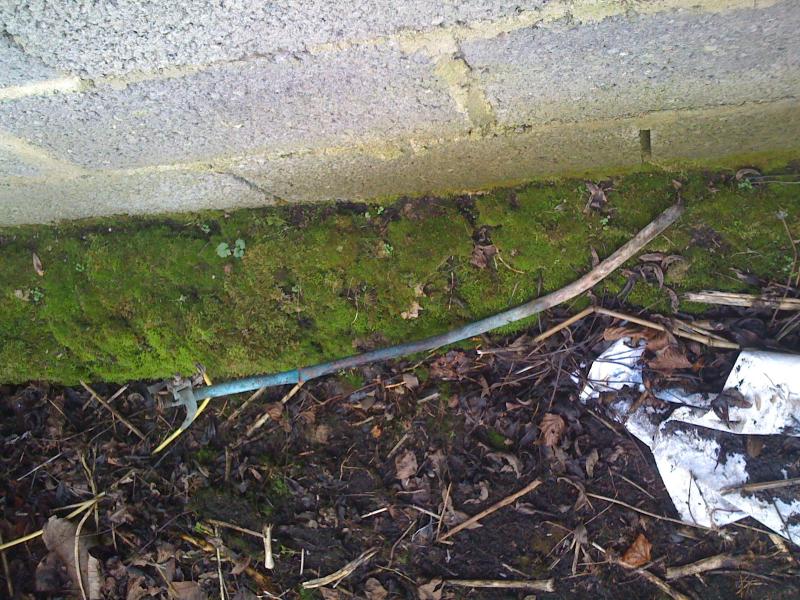Hello chaps.
Been doing a bit of reading up on this, but I'm still after a bit of clarification for what is best to do.
I have a customer who has a BIG TP&N generator in his workshop next to his house.
It was installed to supply his (commercial) workshop with 3 phase as he lives out in the sticks and the DNO wanted a small fortune for a TP supply.
Recently there have been some problems wth the power round there. He was without power for nearly 24 hours last weekend due to a tree falling on his 11kV line.
So, the plan is to take a cable from the generator in his workshop to his main CU. (The workshop is fed from here), and connect it through a 2 pole chanegeover switch. The hose CU is only SP.
Now the bit I'm unsure about. How should the generator be earthed? I read that it should have a stake driven in near the generator, and this should be connected to the generator frame, and also be used to tie the generator neutral to earth.
I have also seen some information about linking the neutral and earth pins in the socket for the generator to input into the changeover switch. I presume this is only required for portable generators which are not staked to earth?
I presume that providing the gen set is properly staked down that RCDs will function properly?
I don't know how the generator is currently configured as it was dark while I was round there tonight, but I want to make sure it's right before I take it on.
Oh and it is all on a farm if this makes any difference to what earthing arrangements can be used.
The DNO supply is TN-S fed from it's its own dedicated 11kV - 230V pole pig.
Sorry for all the questions, but this is a little outside the scope of my normal works.
Been doing a bit of reading up on this, but I'm still after a bit of clarification for what is best to do.
I have a customer who has a BIG TP&N generator in his workshop next to his house.
It was installed to supply his (commercial) workshop with 3 phase as he lives out in the sticks and the DNO wanted a small fortune for a TP supply.
Recently there have been some problems wth the power round there. He was without power for nearly 24 hours last weekend due to a tree falling on his 11kV line.
So, the plan is to take a cable from the generator in his workshop to his main CU. (The workshop is fed from here), and connect it through a 2 pole chanegeover switch. The hose CU is only SP.
Now the bit I'm unsure about. How should the generator be earthed? I read that it should have a stake driven in near the generator, and this should be connected to the generator frame, and also be used to tie the generator neutral to earth.
I have also seen some information about linking the neutral and earth pins in the socket for the generator to input into the changeover switch. I presume this is only required for portable generators which are not staked to earth?
I presume that providing the gen set is properly staked down that RCDs will function properly?
I don't know how the generator is currently configured as it was dark while I was round there tonight, but I want to make sure it's right before I take it on.
Oh and it is all on a farm if this makes any difference to what earthing arrangements can be used.
The DNO supply is TN-S fed from it's its own dedicated 11kV - 230V pole pig.
Sorry for all the questions, but this is a little outside the scope of my normal works.


